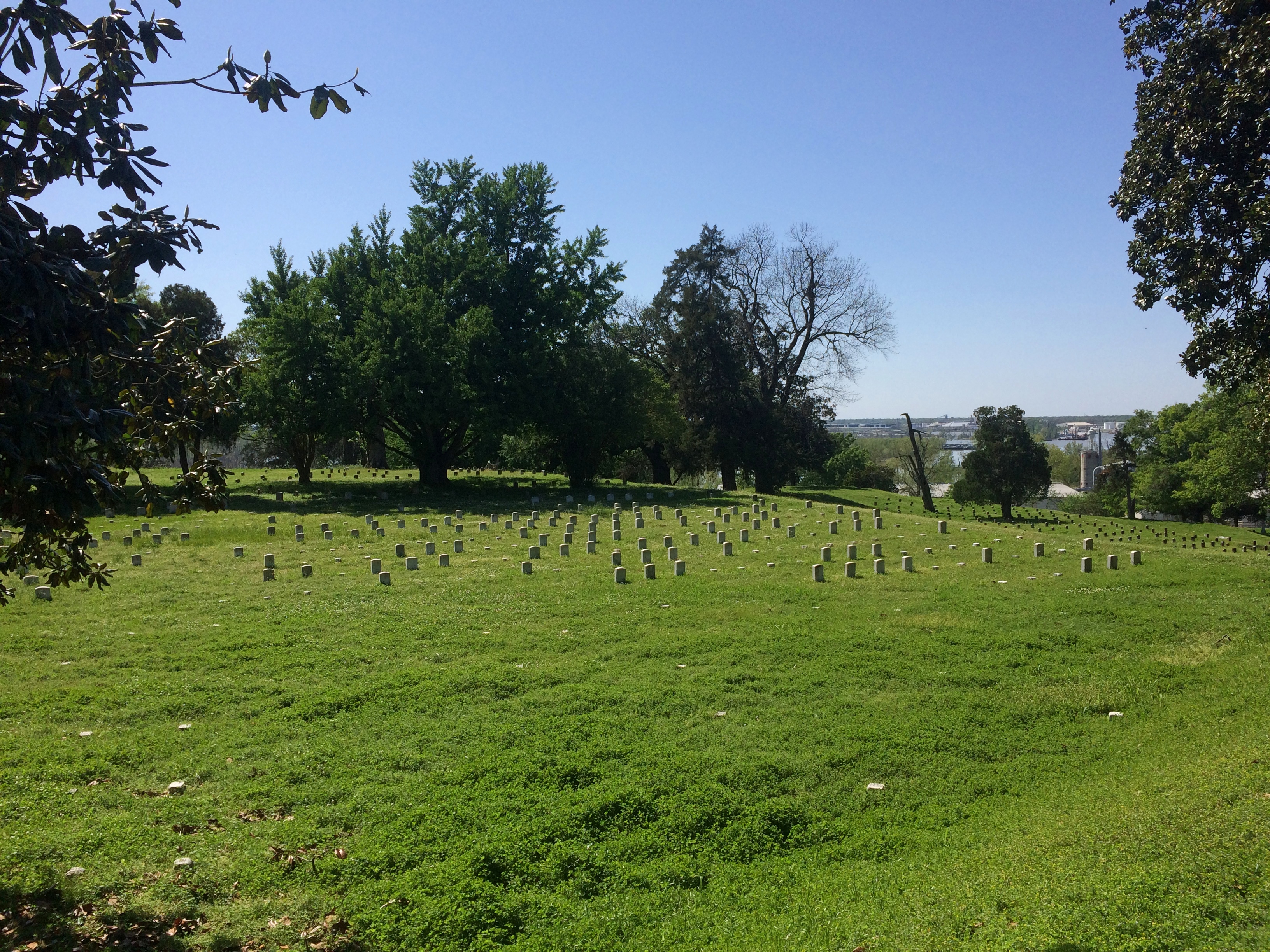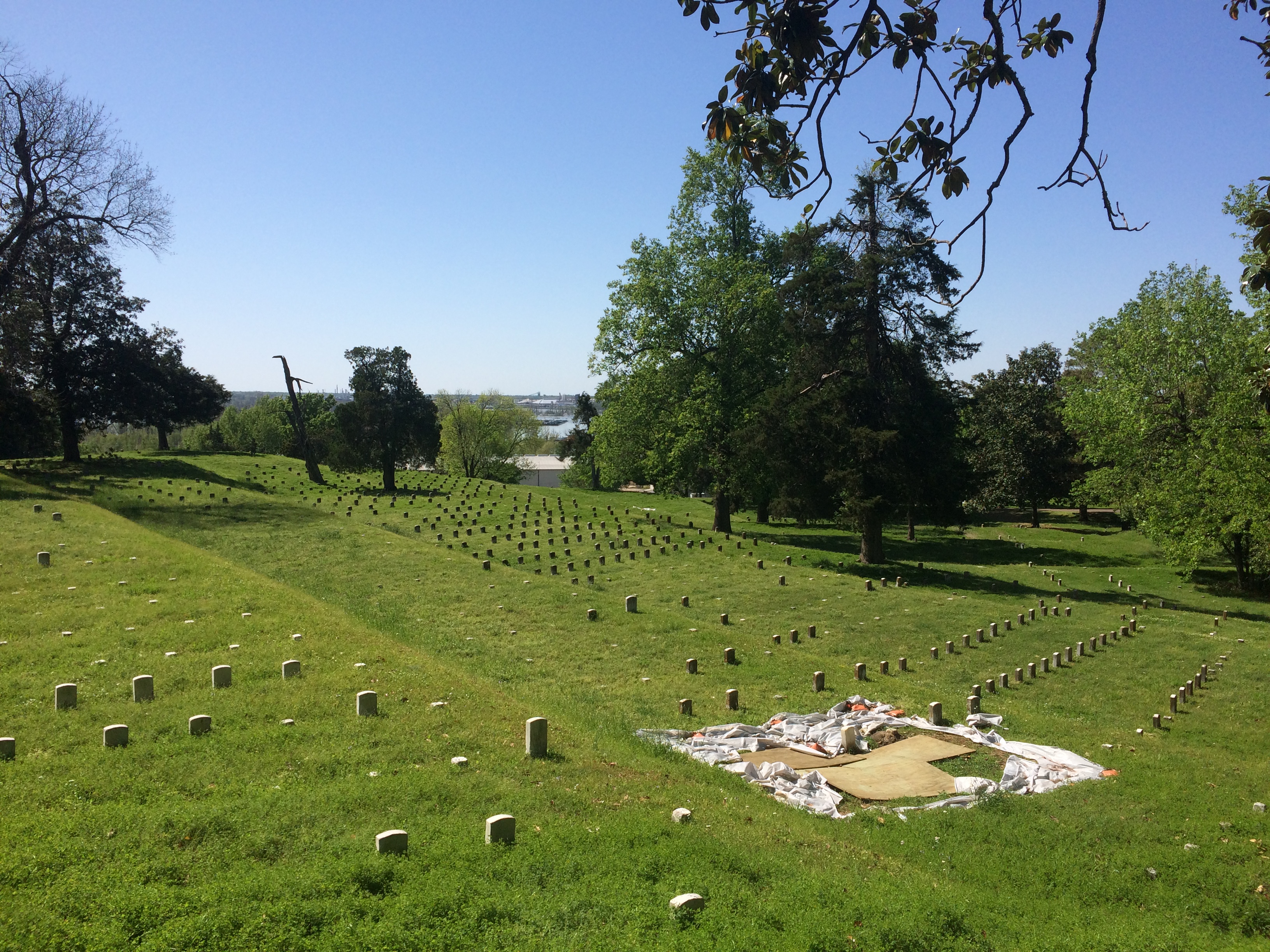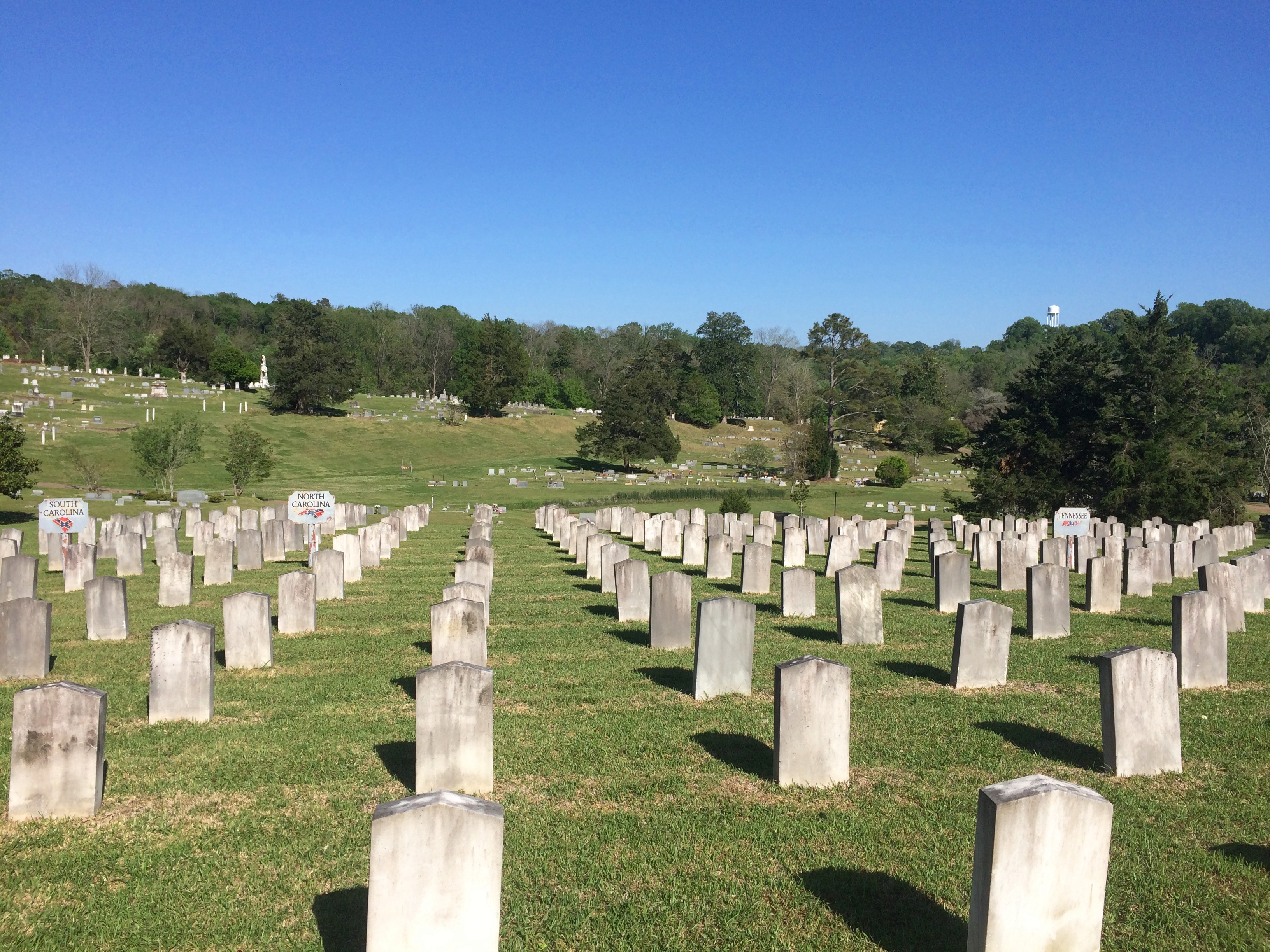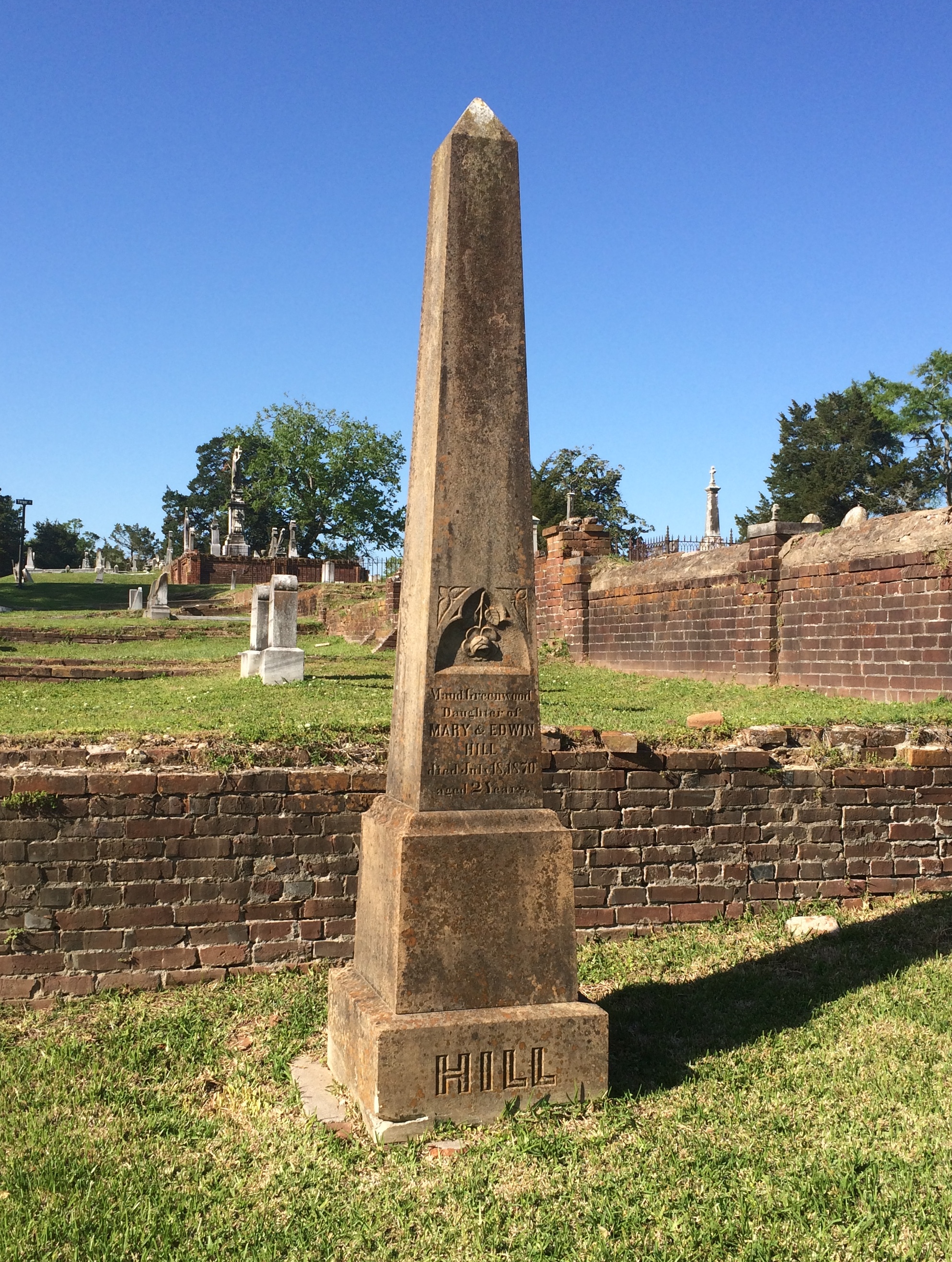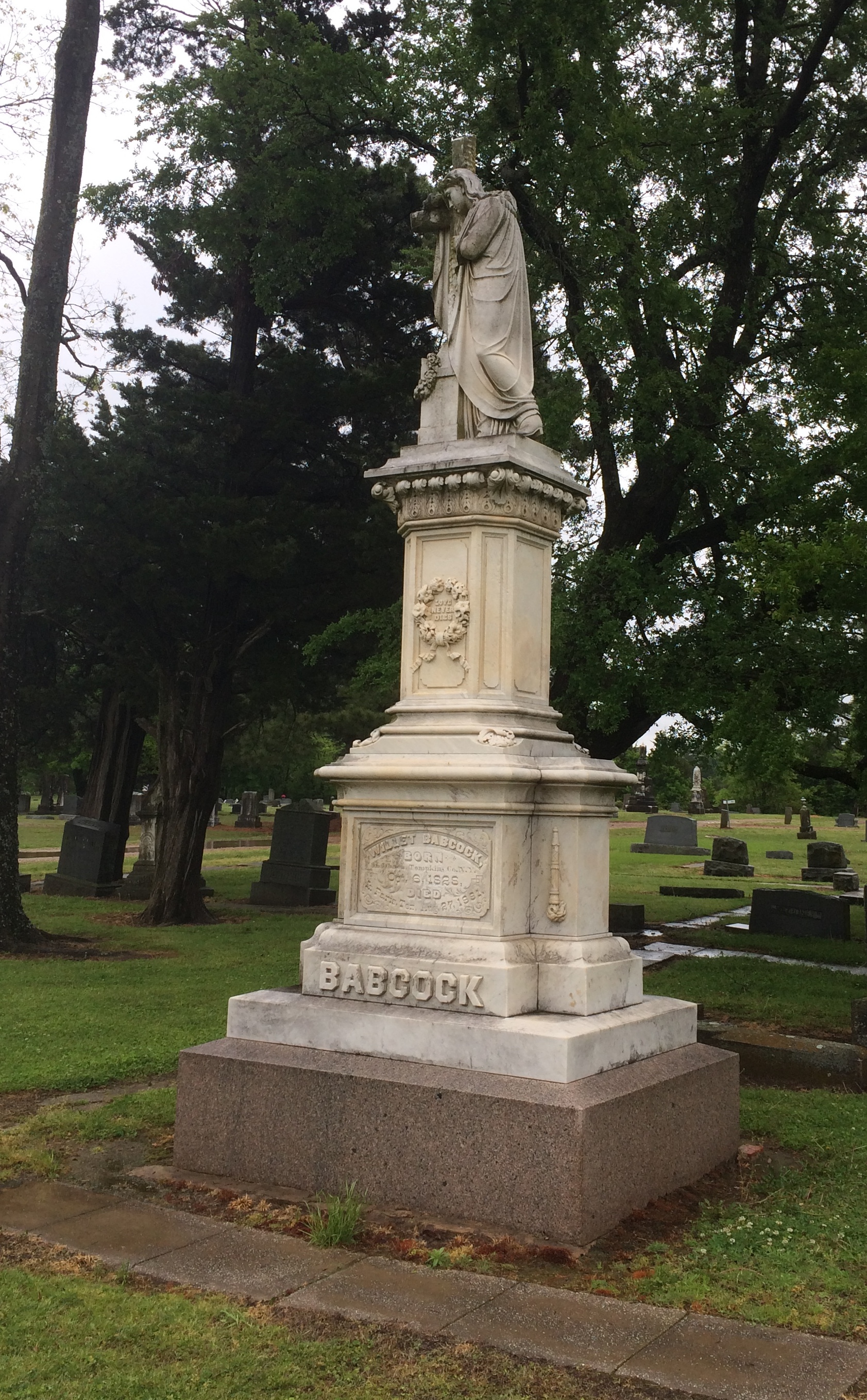On the second day of my recent trip, as I was leaving Carbondale, Illinois, I spotted the small but pretty (and unimaginatively named) Woodlawn Cemetery. Founded in 1854, it’s two years older than the city. Everything was wet from the heavy rain the night before. 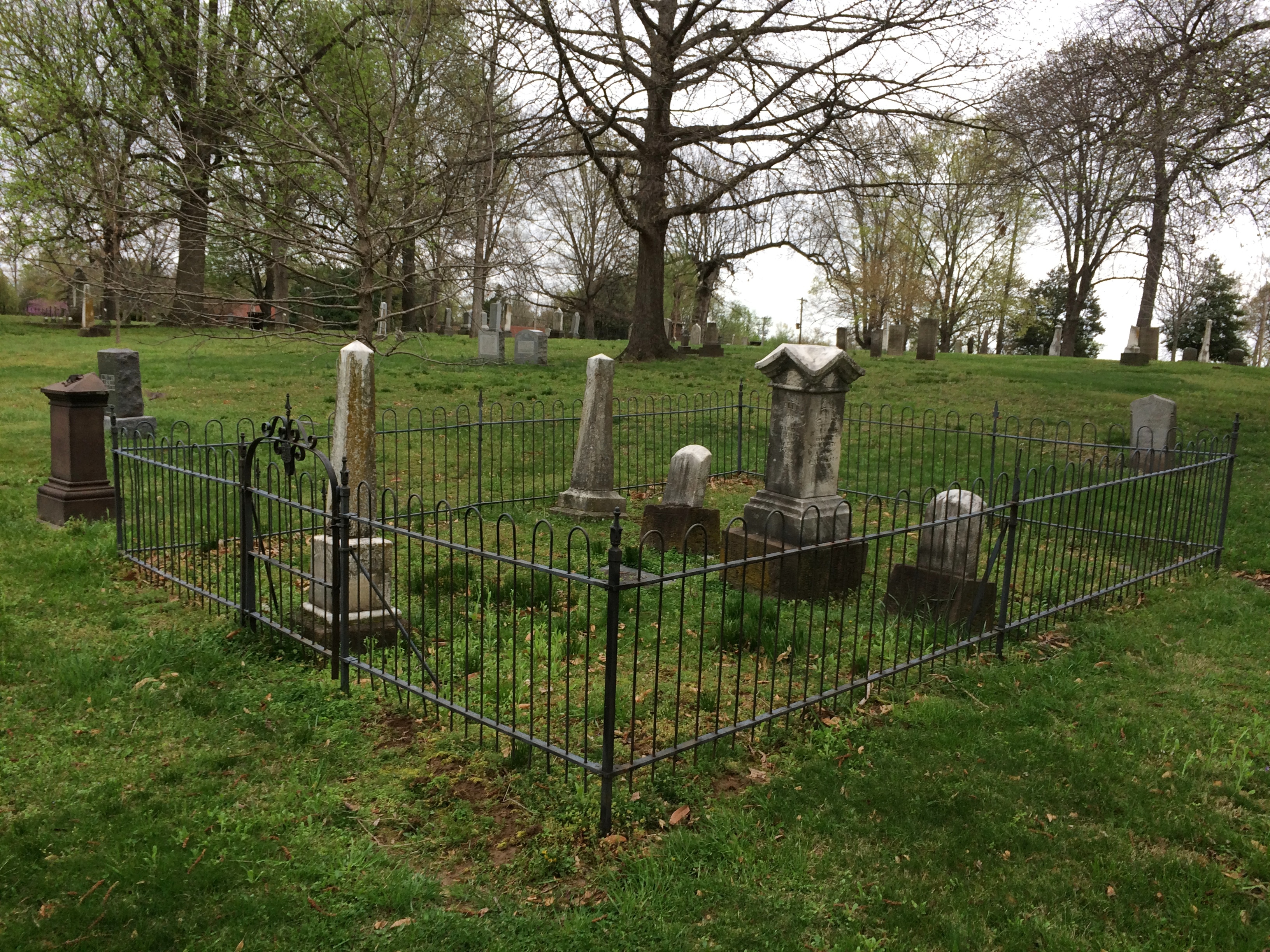

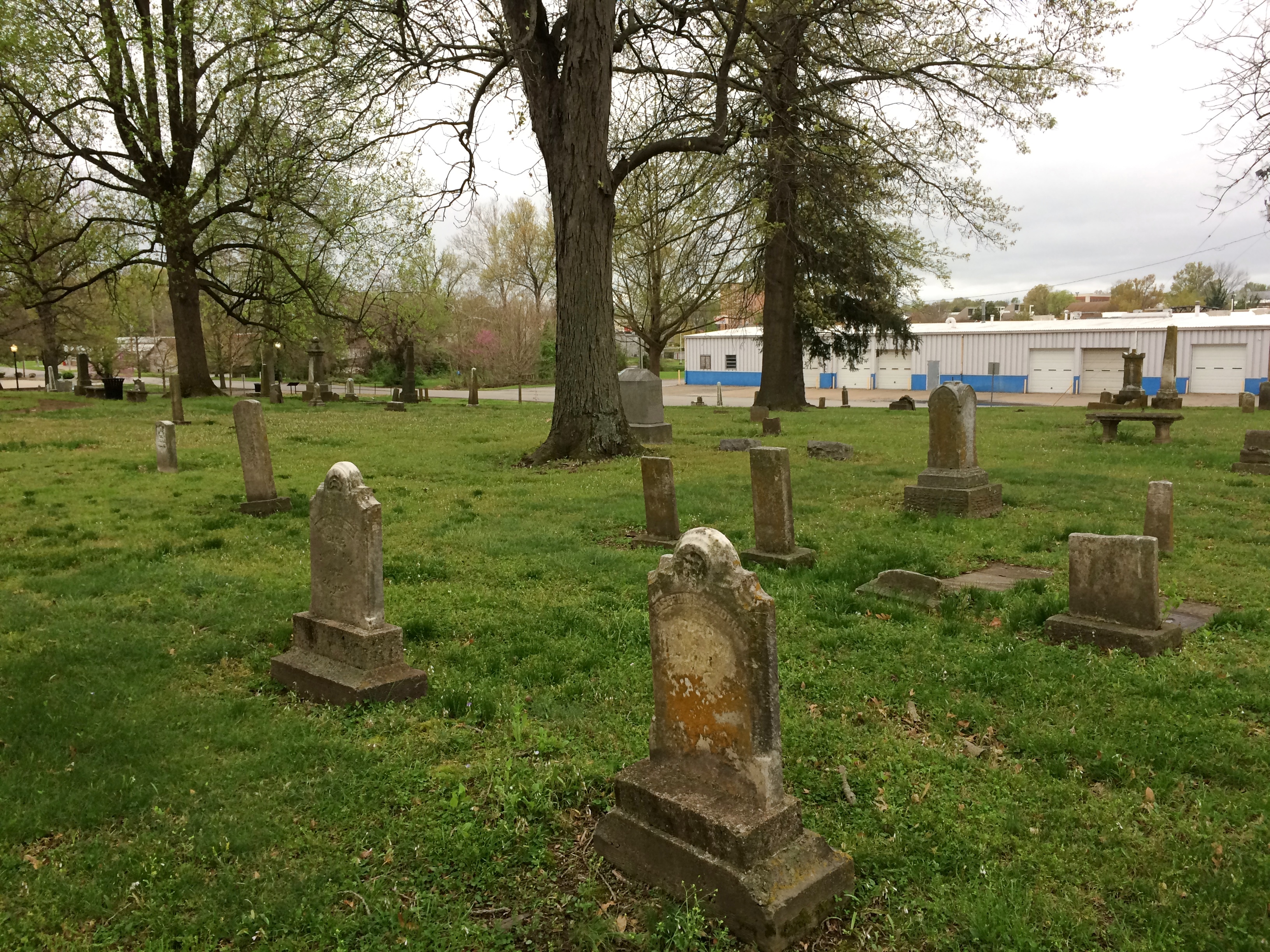
There are a number of Civil War graves.

“In April, 1866, three Carbondale-area Civil War veterans… proposed that the community… gather on the last Sunday of April to honor their fallen comrades and neighbors, by cleaning and decorating their graves,” says the cemetery’s nomination for the National Register of Historic Places.
“On the appointed day, April 29, more than 200 veterans plus approximately 4,000 area citizens gathered at Woodlawn Cemetery… Gen. John A. Logan addressed the assemblage.”
Evidently, this and later commemorations deeply impressed Logan, who on May 5, 1868, issued GAR General Order No. 11.
The 30th day of May, 1868 is designated for the purpose of strewing with flowers or otherwise decorating the graves of comrades who died in defense of their country during the late rebellion, and whose bodies now lie in almost every city, village, and hamlet churchyard in the land…
While visiting Clarksdale, Mississippi, I spent a few minutes at Heavenly Rest Cemetery.
In the background are two buildings of First Baptist Missionary Baptist Church (1918), historic in its own right.
At Vicksburg National Military Park is the 116-acre Vicksburg National Cemetery, which holds the remains of 17,000 Union soldiers, a higher concentration than any other cemetery, according to the NPS.
“After the creation of Vicksburg National Cemetery [in 1866], extensive efforts were made by the War Department to locate the remains of Union soldiers originally buried throughout the southeast in the areas occupied by Federal forces during the campaign and siege of Vicksburg — namely, Arkansas, Louisiana, and Mississippi. However, by the time of these re-interments many of the wooden markers had been lost to the elements, and identification of many of the soldiers was rendered impossible.
“Nationwide, 54% of the number re-interred were classified as ‘unknown.’ At Vicksburg National Cemetery, 75% of the Civil War dead are listed as unknowns…”
The cemetery is closed to burials now, but after the Civil War a number of later servicemen were buried there, including the curious story of Flight Sgt. Edgar Horace Hawter of the Royal Australian Air Force, re-interred there in 1949 from New Guinea.
“Confederate dead from the Vicksburg campaign originally buried behind Confederate lines have now been re-interred in the Vicksburg City Cemetery (Cedar Hill Cemetery), in an area called Soldiers’ Rest,” the NPS says. “Approximately 5,000 Confederates have been re-interred there, of which 1,600 are identified.”
Cedar Hill Cemetery wasn’t hard to find.
Most of the cemetery isn’t Soldiers’ Rest.
Most of the stones are modest, but there are a few larger ones.
Evergreen Cemetery in Paris, Texas, was green enough, and wet with recent rain when I arrived there on April 16.
As a veteran of the Texas Revolution, Dr. Patrick W. Birmingham (1808-1867) rates a Texas flag.

Another plaque told me that Jesus in Cowboy Boots was part of a memorial at Evergreen, but maddingly it didn’t offer any direction about where such a thing would be found. So I did what we moderns do, and did a Google Image search for that term. I got an image easily.
Turned out I was practically standing next to it.
It was a little hard to make out at first, but yes, it does look like that figure is wearing boots rather than, say, sandals. It’s not clear it’s actually a depiction of Jesus, but as Atlas Obscura points out, the name has stuck.


